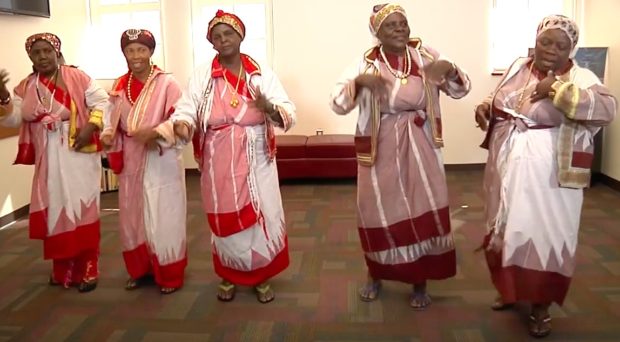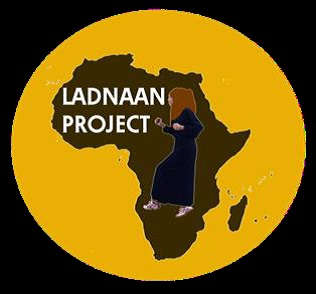
The world is facing an unprecedented refugee crisis, with 65 million people forcibly displaced at the end of 2016. Before taking a placement at the International Rescue Committee, I knew next to nothing about refugee issues. I found it difficult to get my head around the crisis and what this really meant for those affected.
From my own experiences, I struggled to even imagine what life as a refugee would be like. I grew up in a small town in the Midwest, only knew one language, have never lived in another country and so have never really been outside the comforts of my own culture and way of life
Years later as a researcher, when I began working with local refugee communities, I found out firsthand from the community what was most relevant to them.
The Ladnaan Project, meaning ‘well-being’ in Somali, started in 2010 as a partnership between community groups and academic researchers to address some of the health disparities experienced by East African families resettled in the United States. It was based on the East African community identifying the need for additional resources and education about the new health challenges they faced after moving. Certain diseases, like diabetes and cancer, were uncommon back in their homeland, so there was no knowledge of the causes, treatments, or prevention of such disorders.
Monthly community dance sessions were held in partnership with students and community organizations. The sessions were open to the community, with community members teaching dances from their cultural heritage.
Efforts to create a physical activity program for Somali women are described in an article in the March 2017 issue of Translational Behavioral Medicine.
The lack of physical activity resources was raised when we first discussed the problems faced in the community. Women reported that their doctors had recommended that they should be more physically active, but they didn’t have the resources available to do so. Women attempted to go to local parks with their children, only to see drug deals unfolding, and dilapidated or missing sidewalks on the roads surrounding their houses, meant they couldn’t walk safely to the stores only a few blocks away.
Most people have a hard time getting regular physical activity, only 20% of the U.S. population meets physical activity guidelines, but these women faced more challenges than most. They lived in unsafe neighborhoods, with hostility towards Muslim women; and had no background in how and why to carve out time in their day for physical activity.
Given the lack of existing programs for Somali women, we turned to research and other physical activity programs to guide our efforts. Gold standards in physical activity research were the starting point, which we tried out with community members to figure out what would work and what needed to be changed.
One major change was to move away from print-based and online strategies in favor of in-person programs and community health worker models. While many programs are shifting more to online tools and apps, it was not a viable approach for Ladnaan.

There was also a need to ensure broader availability of programs, a strict exclusionary approach often used in clinical trials was inappropriate. Within low-income neighborhoods and among communities with a history of unfair distribution of resources, withholding programs was seen as unethical and undermining of community trust in the project.
We also had to address the issue of limited infrastructure and resources within the community. We facilitated community-based programs to support access to free, fun, and safe activities. Parts of the research intervention, such as women’s walking groups, were opened up to the community to ensure anyone interested could join.
There is an opportunity for people to come together to ensure the safety and well-being of refugees by working together and understanding our sameness in the pursuit of health and happiness.
Monthly community dance sessions were held in partnership with students and community organizations. The sessions were open to the community, with community members teaching dances from their cultural heritage. As part of the project, the group developed a dance video that featured three African dances, which supported cultural exchange and revival, alongside a fun way to get active.
Across the initiatives women reported high levels of satisfaction, increased knowledge of how and why to be physically active, and greater confidence in their own abilities to continue to be physically active. Through cultural exchange and collaboration, we developed numerous creative and innovative programs that supported the community and their health simultaneously.
Today as a researcher and practitioner, and at (what I hope to be) the height of the global refugee crisis, I see the ways this crisis presents the opportunity for deep-seated change. There is an opportunity for people to come together to ensure the safety and well-being of refugees by working together and understanding our sameness in the pursuit of health and happiness.
Comments